Maximizing Tiny Outdoors: Space-Saving Furniture & Vertical Greening
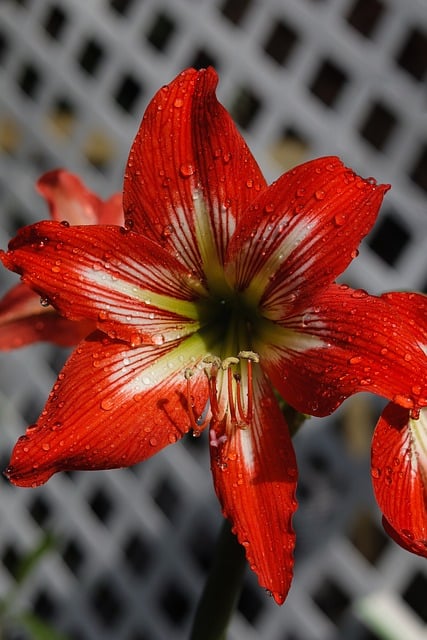
In limited outdoor spaces, multi-functional furniture and space-saving outdoor solutions like combo…….
Maximizing Small Backyard Spaces: A Comprehensive Approach to Efficient and Beautiful Outdoor Living
Introduction
In urban and suburban areas where space is often at a premium, maximizing the potential of small backyards has become an art form. This comprehensive guide delves into the strategies, designs, and innovations that transform limited outdoor spaces into functional and aesthetically pleasing extensions of one’s home. We will explore the significance of this practice, its relevance in contemporary living, and the myriad ways it can enhance one’s quality of life. Readers will learn how to make the most of their backyards, regardless of size, and discover the global trends and economic considerations that influence this transformative process.
Understanding Maximizing Small Backyard Spaces
Maximizing small backyard spaces involves a blend of horticulture, landscape design, and architectural ingenuity. It’s about creating an outdoor oasis that feels expansive yet remains manageable. The historical context of this practice is rooted in the principles of garden design that date back to ancient civilizations, where efficient use of space was essential for both practical and aesthetic reasons. Today, it encompasses a range of modern solutions from vertical gardens to multifunctional furniture, all aimed at optimizing limited areas. Its significance lies in its ability to provide homeowners with additional living space that can serve various purposes, from entertainment to relaxation, without the need for extensive landscaping.
Global Impact and Trends
The influence of maximizing small backyard spaces is felt worldwide, as urbanization and the desire for outdoor living collide. Global trends show a shift towards eco-friendly and sustainable practices, with an emphasis on community gardening, rooftop gardens, and urban farming. Different regions respond to these trends in unique ways, with solutions tailored to local climates and cultural preferences. For instance, small backyards in densely populated cities like New York or Tokyo often incorporate xeriscaping and green roofs due to water scarcity, while regions with abundant greenery, like the Pacific Northwest, might focus on integrating native plants to support biodiversity.
Economic Considerations
The economic aspects of maximizing small backyard spaces are multifaceted. Market dynamics indicate a growing demand for properties with well-designed outdoor spaces, potentially increasing home values and property desirability. Investment patterns in this sector reflect a trend towards sustainable and low-maintenance landscapes, which can offer a good return on investment. Moreover, “Maximizing Small Backyard Spaces” plays a role in economic systems by creating job opportunities in the landscape design and construction industries, as well as in the manufacturing of innovative outdoor products.
Technological Advancements
Technology has revolutionized the way we interact with our backyards. Smart irrigation systems ensure efficient water usage, weather-resistant materials extend the lifespan of outdoor furniture, and modular components allow for flexible design options. Augmented reality apps help visualize potential landscapes before any construction begins. The future potential of these technologies includes even more integration with home automation systems, providing homeowners with complete control over their outdoor environments.
Policy and Regulation
A mosaic of policies and regulations governs the use and development of backyard spaces. These include zoning laws, environmental regulations, and building codes that dictate what can be done with a backyard. In many areas, there are incentives for homeowners to create green spaces or rain gardens. Understanding these frameworks is crucial for navigating the legal landscape and ensuring compliance while maximizing space effectively.
Challenges and Criticisms
One of the main challenges in maximizing small backyard spaces is balancing functionality with design aesthetics without exceeding budget constraints. Additionally, there are sustainability concerns regarding resource use and environmental impact. Criticisms often focus on the potential for overconsumption of materials or the prioritization of aesthetics over ecological considerations. To address these issues, it’s important to advocate for sustainable practices, thoughtful design, and the use of durable, low-maintenance materials.
Case Studies
Several case studies highlight the successful application of maximizing small backyard spaces. A homeowner in a San Francisco Victorian transformed a narrow yard into a tiered terrace garden, which not only provides fresh produce but also serves as an outdoor dining space. Another example is a small courtyard in Chicago that was redesigned to include a water feature and seating area, creating a tranquil retreat amidst the urban hustle. These case studies offer valuable insights into design solutions and the lessons learned from each project.
Future Prospects
The future of maximizing small backyard spaces is ripe with potential for growth and innovation. Emerging trends suggest a move towards more natural, biodiverse environments that support local ecosystems. Strategic considerations include integrating technology for smarter landscapes and designing spaces that cater to the changing needs of homeowners over time. The rise in multigenerational living has also led to backyards being designed with this in mind, providing space for both relaxation and recreation for all ages.
Conclusion
Maximizing small backyard spaces is a practice that combines design, sustainability, and innovation to create functional, beautiful, and environmentally friendly outdoor areas. It’s a testament to human creativity and our ability to adapt to various living conditions while maintaining a connection with nature. The global trends, economic impact, technological advancements, and regulatory considerations all contribute to the evolution of this practice, ensuring that it remains relevant and valuable for homeowners around the world.
This overview provides a comprehensive look at the multifaceted nature of maximizing small backyard spaces. It covers the various aspects that influence this practice and offers insights into how it can be successfully achieved in different contexts. With careful planning, thoughtful design, and an awareness of global trends, any homeowner can transform their limited outdoor area into a livable, breathtaking extension of their home.

In limited outdoor spaces, multi-functional furniture and space-saving outdoor solutions like combo…….
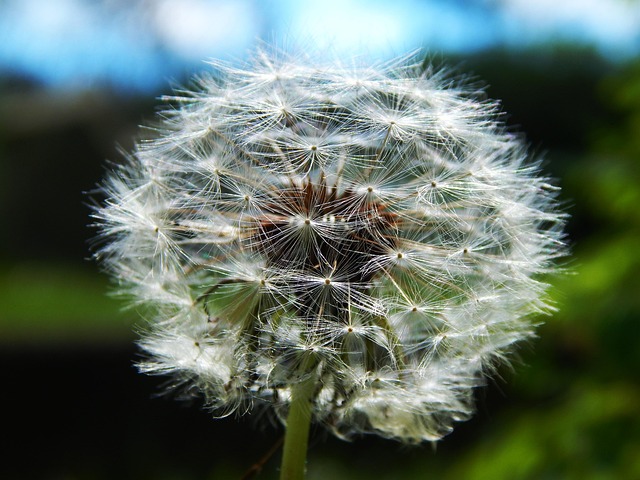
Water efficiency is key for small backyard layouts, focusing on drought-resistant native plants and…….
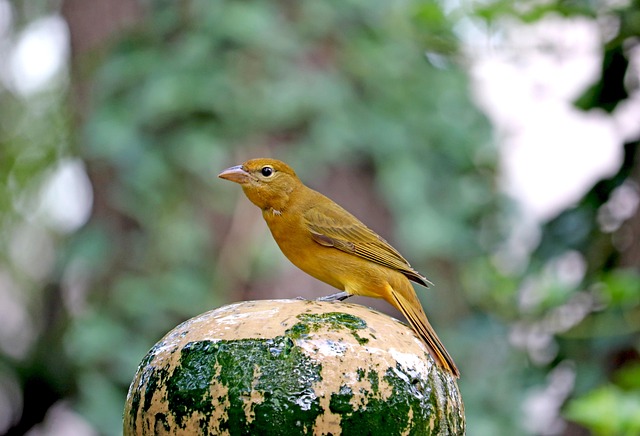
Unleash your green thumb and transform your small backyard into a vibrant oasis with creative soluti…….
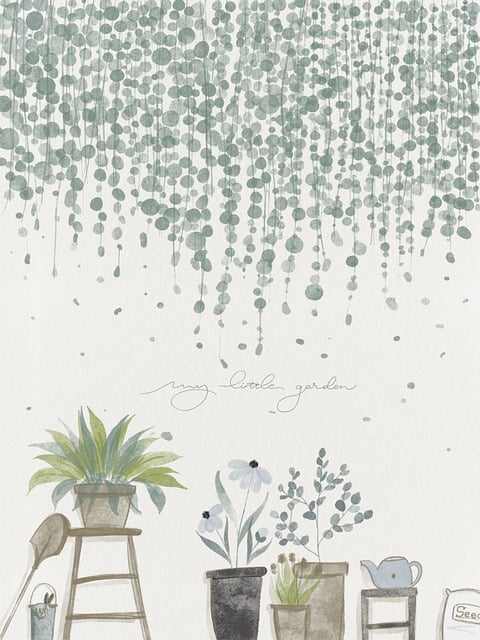
Before planning backyard seating, accurately measure space, note obstructions, and assess terrain fa…….
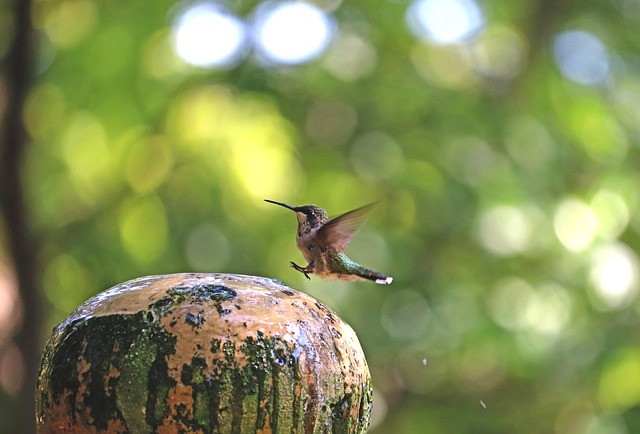
Vertical gardening revolutionizes small outdoor spaces by growing plants upward, maximizing limited…….
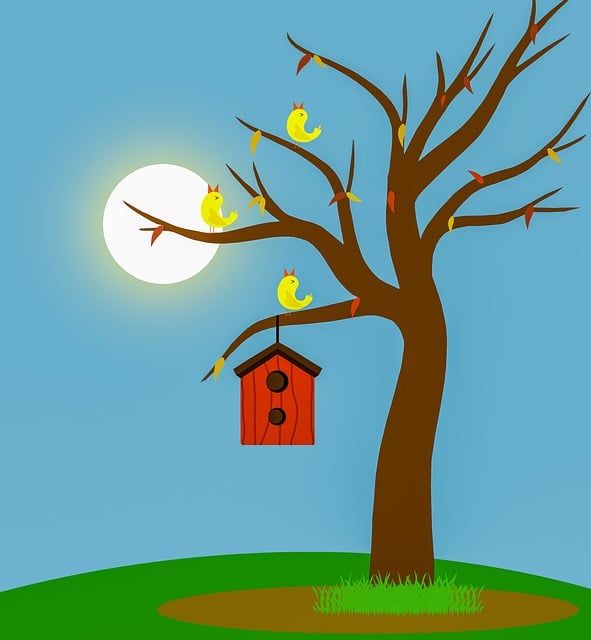
Strategic small backyard layout designs maximize functionality by strategically placing key areas fo…….
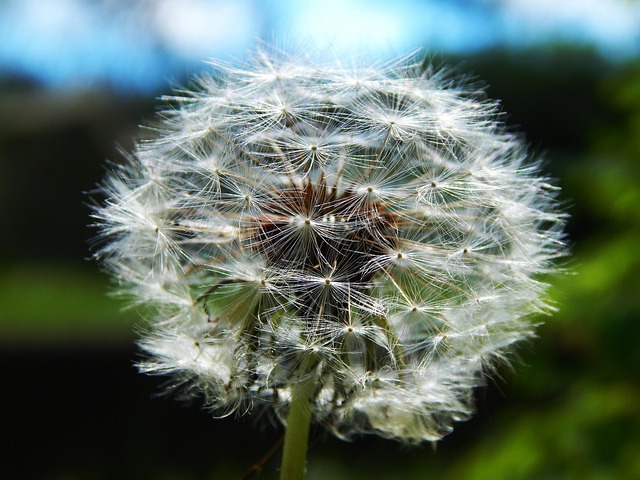
Lighting transforms a tiny backyard makeover, enhancing aesthetics and functionality with LED lights…….
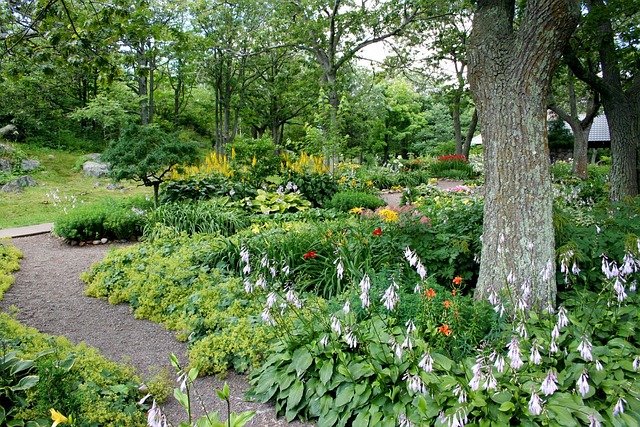
Transforming compact backyards requires strategic planning with creative layout designs, leveraging…….
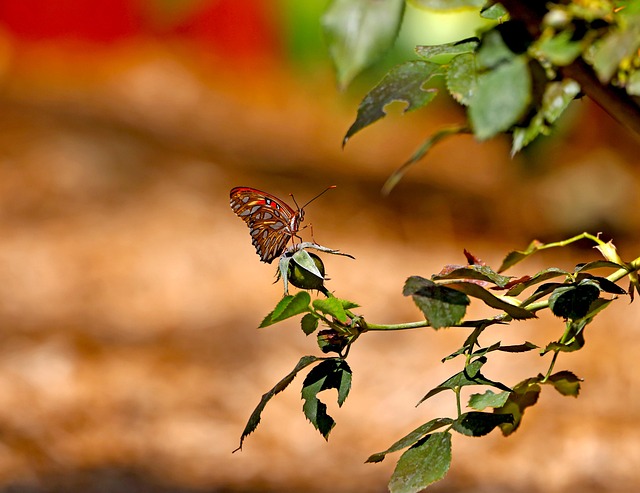
In urban areas with limited backyard spaces, clever design is crucial. Using space-saving outdoor so…….
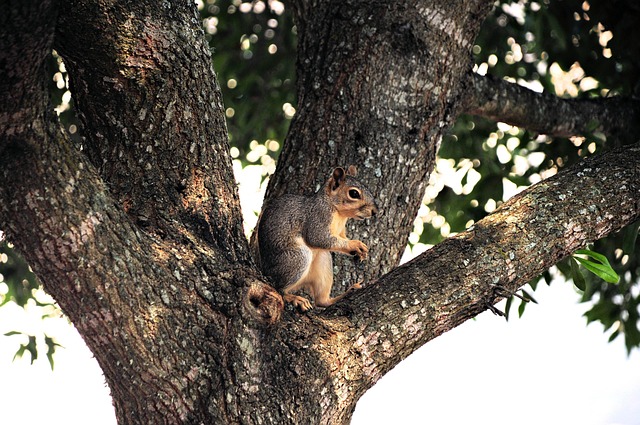
Vertical gardening transforms small backyards by maximizing space through wall-mounted shelves, trel…….